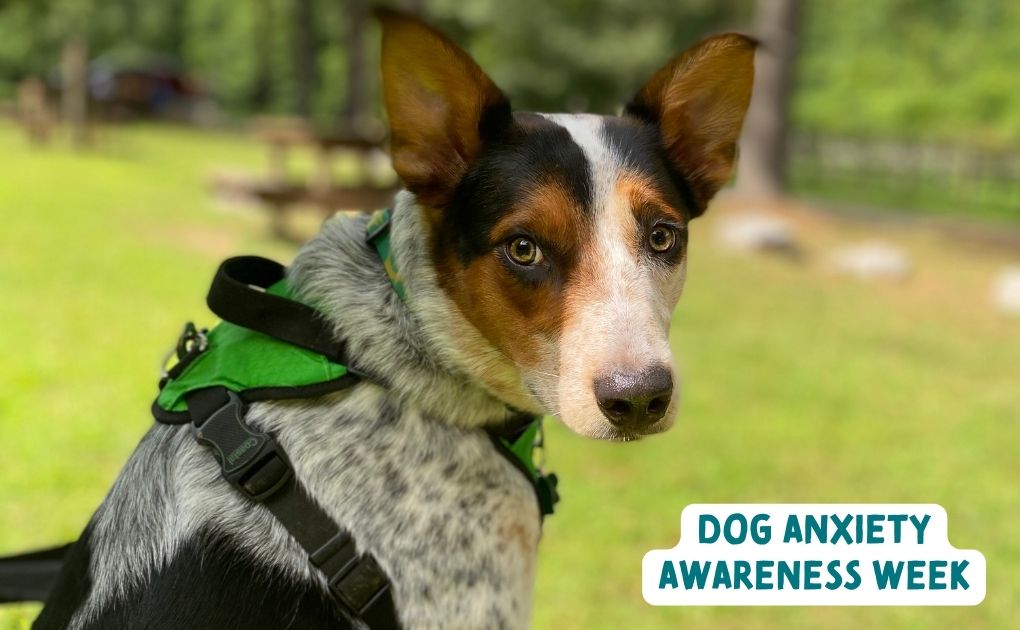Naturo Dog Mylo's pawrents found out he had epilepsy when he was three years old. Now turning six, they have learned how to manage a dog with epilepsy and want to share their story to alert other pet parents for the signs, and what to do in the event of a seizure.
I don’t know about you, but until I experienced it first hand, I never thought of dogs as having “human” medical problems such as epilepsy or diabetes for example. Mylo is a Border Beagle and will be six years old in December. He suffers from epilepsy. Mylo is a mischievous, excitable, and happy go lucky dog, but issues came to our attention one summer when Mylo was two years old.

Mylo loves to bask in the sun and we were lucky to have had a beautiful Irish summer day with higher than usual temperatures. My husband was working out the back and Mylo was keeping him company. It wasn’t long until my husband ran in to the house to alert me that there was something wrong with Mylo. I ran out and our poor pup was mid seizure in the back garden.
During a seizure, there is very little that you can do for your dog other than comfort them be present until it is over. We sat with Mylo, stroking his back (staying well clear of his mouth), until he came around. We got some more water into him thinking that perhaps he was dehydrated as he was not used to the heat.
Soon, he was running about the back garden like a puppy, like nothing had ever happened. This all happened within the space of no more than 5 minutes, so at this point in time we weren’t incredibly worried, but made sure to keep an extra close eye on him to see if any other symptoms came to fruition, but they never did.
For almost the next year, nothing related ever happened with Mylo.
I was out the back with our two dogs, as we had recently adopted Charlie. Mylo was extremely out of sorts. It is hard to describe, but he was not himself and had resigned to his kennel, panting and breathing heavily.
This instantly rang alarm bells with me, as I recognised this behaviour from the horrible day the year before. I sat on the ground in front of his kennel and began to rub his back. Soon, he began to suffer another seizure, which is indescribably horrific to watch, for the sheer fact that you just cannot help or stop it.
This seizure lasted notably longer than the last one, or at the very least, it most certainly felt that way! Once Mylo came around, I got him to the car and brought him straight to our trusted vet.

Unlike most dogs, Mylo quite enjoys his vet trips. What’s not to love about getting to meet lots of new dogs and see the nice lady who gives you treats?! Although the nice lady had to take his temperature this time, which he was not entirely thrilled about…
Our vet mentioned the possibility of idiopathic epilepsy for which no underlying cause for repeated seizures can be found. To be able diagnose this, lots of tests need to be done to rule out any other potential illnesses or medical issues. Mylo spent a day with the nice lady who gives him treats as she conducted her tests, which confirmed her initial thoughts.
Whilst there is medication that can be prescribed, our vet advised that unless Mylo’s seizures were more frequent, the side effects of the medication may outweigh the benefits. As a result, we’ve been monitoring Mylo ever since and thankfully the rate of his seizures has decreased. Our vet has been brilliant and prescribed us diazepam, which we keep in the house to help calm Mylo in the event of him having another seizure.
There are other types of epilepsy in dogs, aside from idiopathic epilepsy, so if you are concerned about your pooch, please consult with your vet as soon as possible.
So, what should you do if you find yourself in a situation where your dog is suffering from a seizure?
- It is easily said, but it is important that you try to stay calm. Most seizures are brief and dogs are usually totally unaware of them. Affected dogs are not likely to suffer during the seizure, even if they appear violent in nature.
- Make sure you and your dog remain safe by moving any furniture out of the way so that your pet cannot hurt themselves. Under no circumstances should you put anything in your pet's mouth, including your hands. This is simply due to the involuntary motions the seizure causes and whilst your dog may not intend to hurt you, ultimately, they have no control.
- Most seizures only last 1-2 minutes, but it is a good idea to time the seizures so you are sure of its length. It is very helpful to carefully observe the seizure. What were the first signs? Was one side of the body affected first? What sort of movements did your pet exhibit, e.g. shaking, chewing or chomping? Records of these observations will be very useful information for your vet. Also, they may help you recognise potential seizures in future as it did for Mylo and I.
The above has been entirely my own personal experience as a pet parent and if you do have any genuine concerns or worries about your pet, please do consult your vet as soon as possible.
Mylo has been seizure free now for almost two years! You will be glad to know that he continues to live his best life every day annoying his brother Charlie and being cuddled, spoilt and adored by his pet parents.
Lots of Love,
Gemma, Mylo & Charlie xx









